Hi Friends! Happy Asian American Pacific Islander Heritage Month! I thought this year I would ask one of my Filipino friends to write a post sharing some of her experiences, activities, and more that you can use in your classroom now or any time of year. Allow me to introduce you to Melissa Fuller Flores! If you want to find more resources for Filipino music, activities, and dancing on my blog, check here. (Full disclosure: some affiliate links but it won’t change your price. No pressure!) Without further ado, I hope you love Melissa’s post!

Mabuhay, everyone!
Mabuhay is a Filipino word/saying that has many meanings of praise or adoration. The literal meaning is “long live” but you would say it like, “cheers”, “welcome”, “woohoo”.
Before we go any further, I am not a perfect Filipino, a monolith, or a spokesperson for all Filipino-Americans. I am also not a cultural bearer, that’s my mom. Since my Kodály and song collection journey began, exploring songs of our heritage has really bonded me and my mom closer together.
I am so thankful for this renaissance of heritage pride, because starting in middle schooI I began the unknown process of shutting away my Filipino heritage. I inadvertently compartmentalized being Filipino with being at home, where my mom called me “anak” or “mahal”. Where it was safe to eat adobo, sinigang, pancit, lumpia, and more. Where karaoke was second nature, so much so that my mom had the karaoke machine playing songs in Tagalog in the background as she cleaned the house.
I inadvertently closed off so much of my heritage, for such a large part of my life that I wasn’t aware anymore when I was being, or not being, my truest self. And it wasn’t until my 30s that I realized being in band in middle school set me on a path and provided opportunities to be a musician or music educator. But my inspirational foundation came from filipino folk dancing at AAPI heritage festivals every May growing up. It wasn’t just that thing I did as a kid- nope, it is absolutely the concrete slab for who I am and what has laid the groundwork for me as a musician, music-educator, and DEIC advocate.
But with more and more representation in mainstream and awareness of our differences, I have learned that my connection to my Filipino roots wasn’t just the separation of home. It wasn’t just the food that brought me comfort or the karaoke while my mom cleaned. Being Filipino is engrained in who I am as a musician and music teacher.
Little Fil-Am Melissa is so excited to see more and more teachers including songs, dances, and games that look and represent more of the students’ world around them and beyond. Before I continue to weep all over my keyboard, and cause it to malfunction, here are some songs, dances, and resources that I use in my classroom and that I wish I had when I was a kid.
Dances
One of my most prized possessions is a picture of me dancing the tinikling at a AAPI Hertiage festival. But as much as I love tinikling, my girl, Melissa Stouffer, has an awesome post about tinikling here.
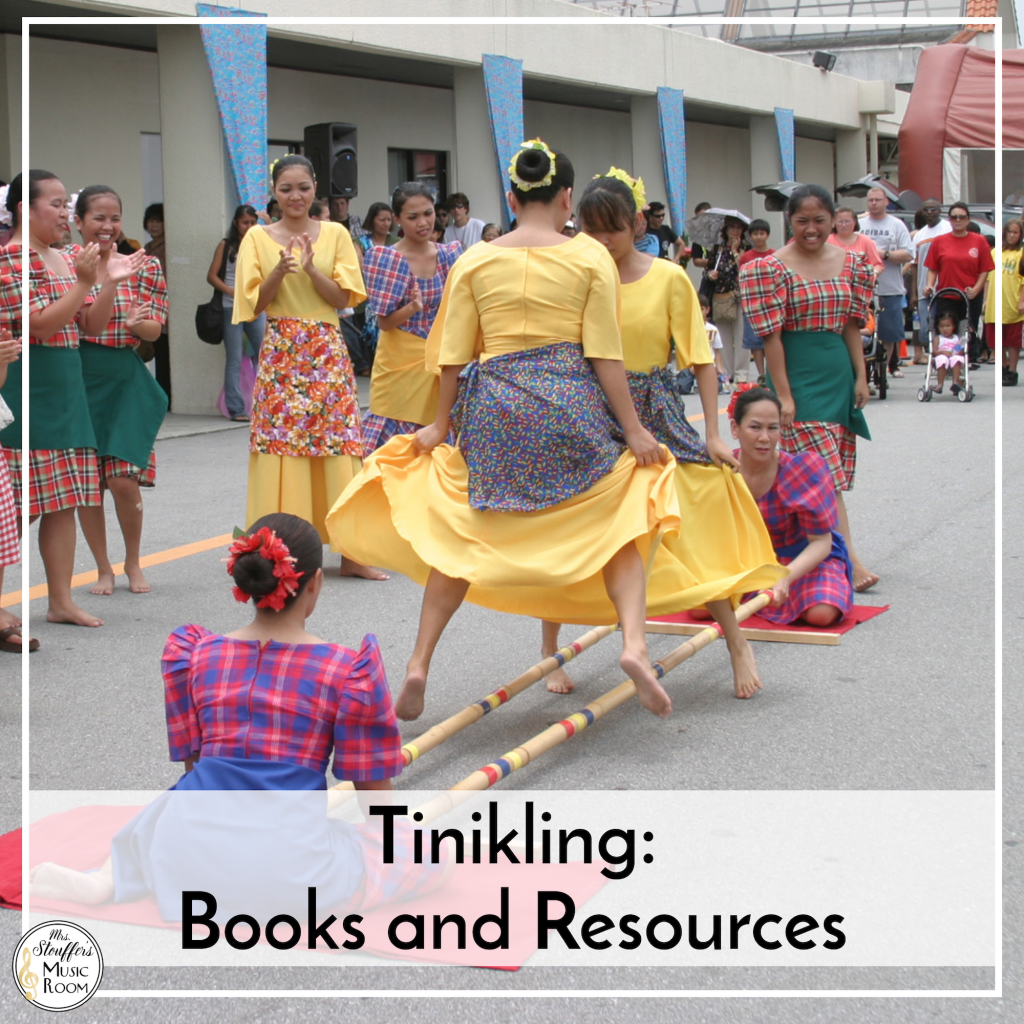
Here are a couple different Philippine folk dances you can incorporate in your classroom.
Itik Itik
My mom is all about teaching my students the Itik Itik. “Itik” (pronoucned: E-tick), means “duck” and legend has it that this dance was improvised by a young woman named Kanang who was the best dancer in her province of Surigao del Norte. She was at a party and was asked to dance for the guests, she improvised this dance by imitating the way a duck splashes the water on its back, and walks with choppy steps.
Here is the music by itself to dance in your classroom!
Alitaptap
(Pronounced: Ah-Lee-tahp-tahp)
Alitaptap music
Though it traditionally is danced with a partner, the partners do the same movements while facing each other. So when you teach this feel free to have the students just face you and follow your movements.
Originated in batangas, an alitaptap is a firefly.
Bonus: Alitaptap Picture book

Performance
Koyu No Te Bulul
Koyu No Te Bulul performed by the University of Mindanao Chorale
“Koyu No Te Bulul” is an Indigenous T’boli folk song about a bird resting in a tree on a hill.
The T’boli people are located on the Island of Mindanao (pronoucned: Min-Duh-Now] which is in the southern part of the Phlippines. Read this article, T’Boli: It’s Better To Weave Than To Leave to learn more about the T’boli people and the indigenous garments worn by the performers.
Bonus: If you have a friend who’s looking to diversify their choral selections? Check our the SATB arrangement by Eudenice Palaruan
Pong Pong Ginatbong
Though Tagalog (pronounced: tuh-gaa-luhg) is the national language of Philippines, did you know that there are over 120 languages spoken in the Philppines? My mom’s first language is Ilocano (ill-eh-kaa-no) and she says that she remembers singing this song as a kid while playing with her baby sister’s feet to make her laugh, but also as a clapping game. My mom remembers playing it as a basic patty cake clapping game. It’s great to prepare or practice fa or ti-tika! It can also be sung as a canon! So versatile!
The song is about cooking and eating an Ilocano dish called pinakbet (pee-naak-bet).
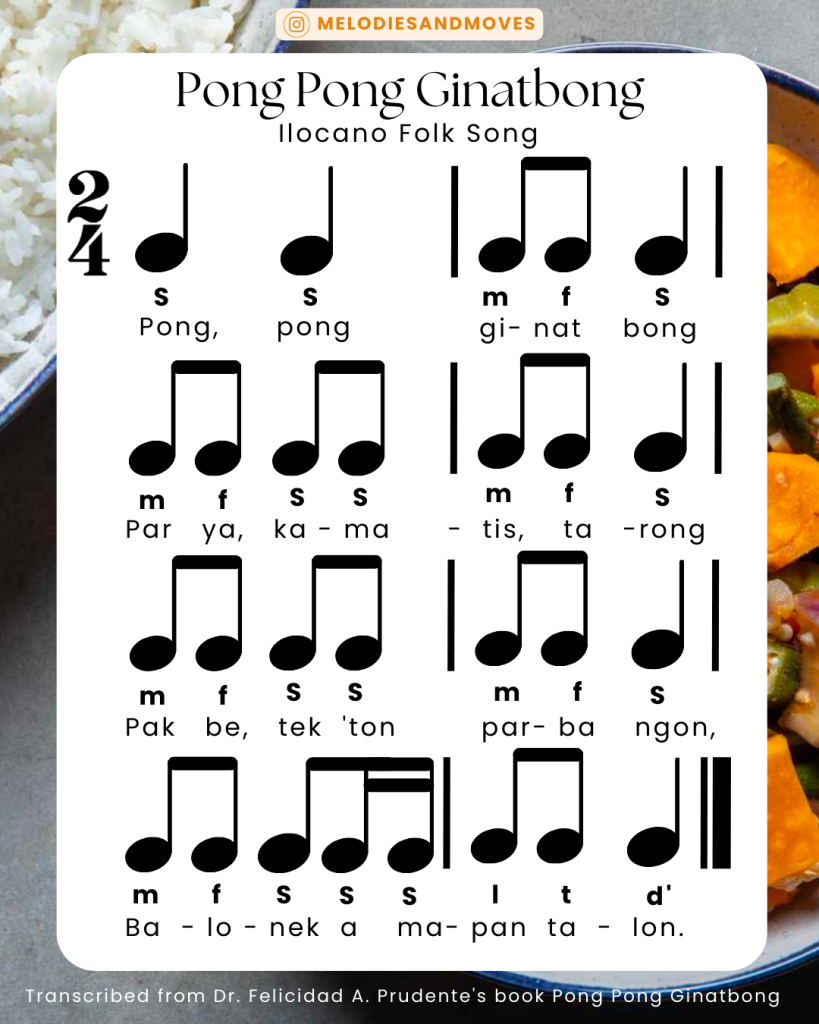
BONUS: Here is also a wonderful picture book with amazing illustrations of the different ingredients in the dish.

More Filipino Folk Song Resources
Sir Bon’s Music Room’s YouTube channel is a fabulous resource for different Philippine folk songs to sing along with.
ANTUKIN: Philippine Folk Songs and Lullabies
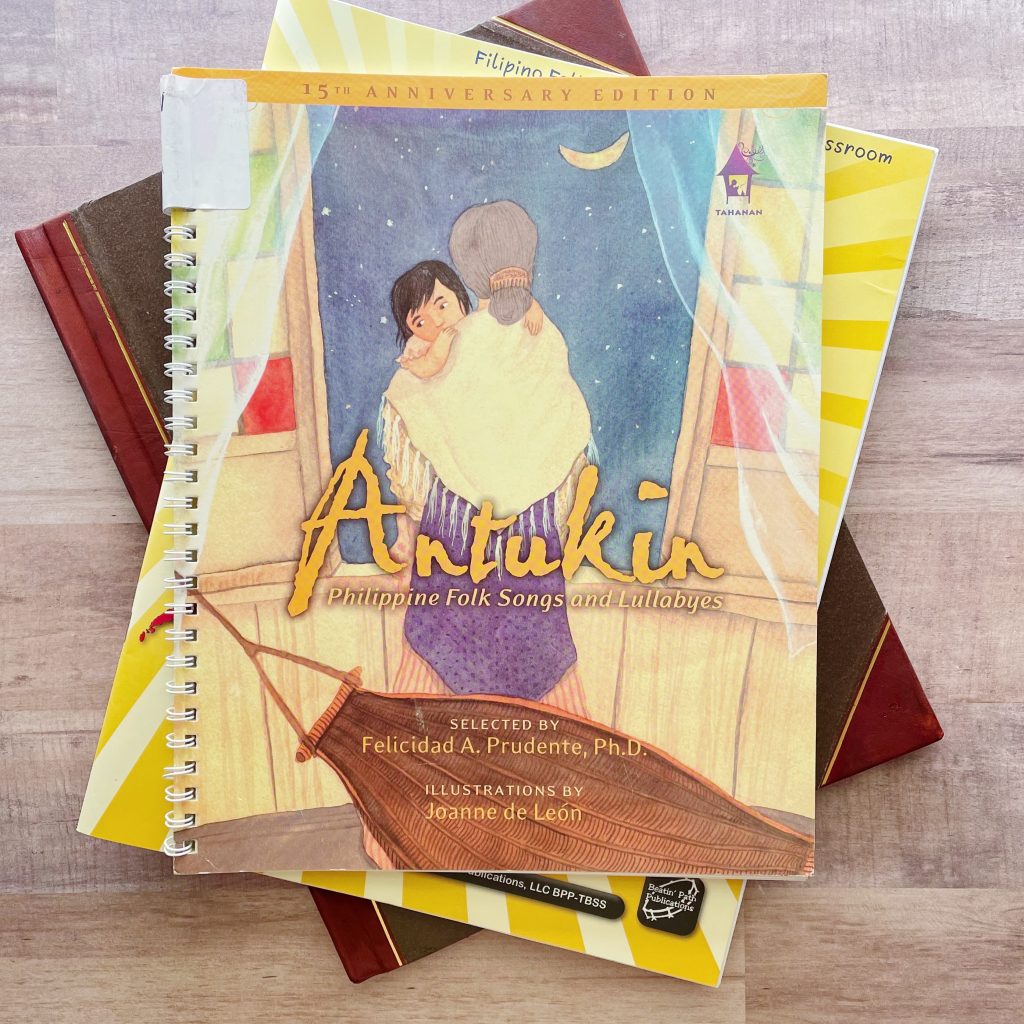
Songs of the Sun: Filipino Folk Songs for the Musical Classroom
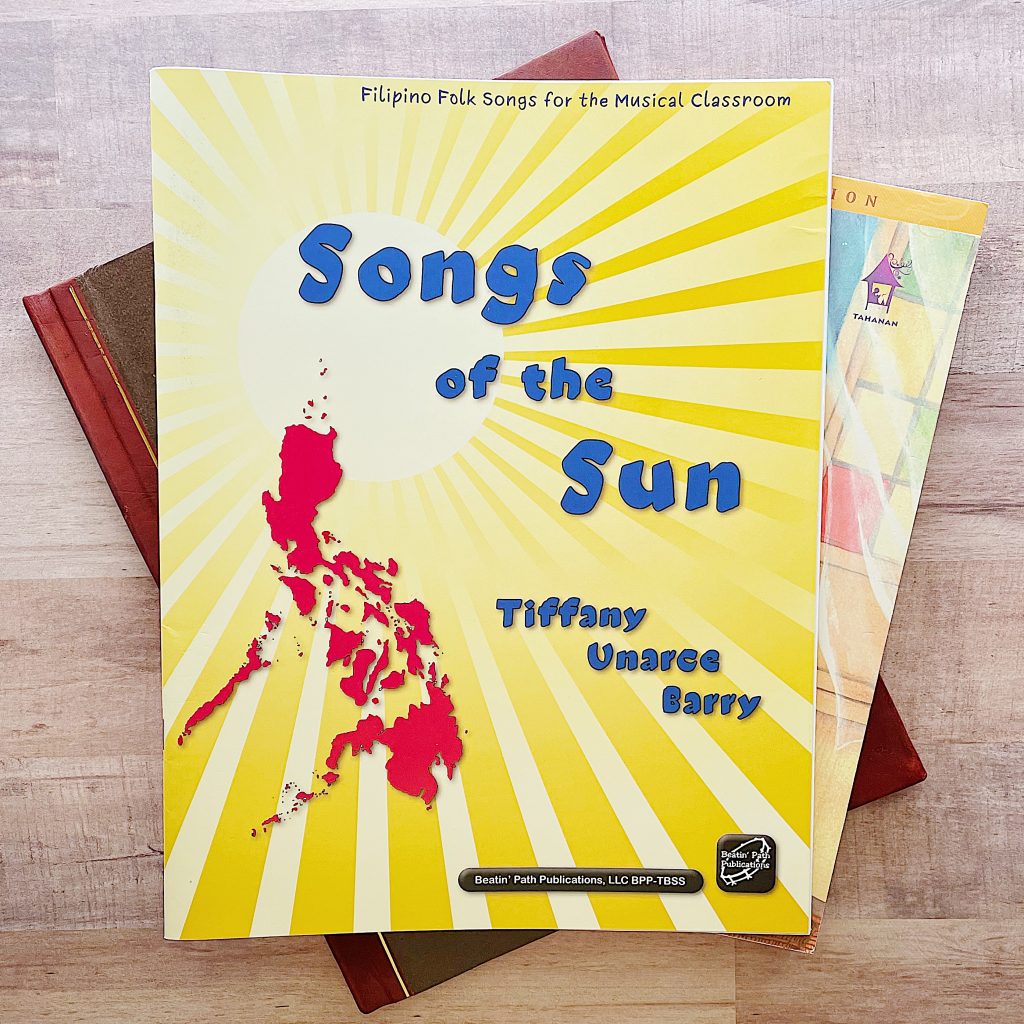
About Melissa Fuller Flores
As a first-generation Filipino-American and military child, Melissa Fuller Flores grew up showcasing Filipino folk dances on Air Force bases. The foundations of how to move to music primed and prepared her for a Bachelor’s in music education at the University of Alabama, and a Master’s in clarinet performance at the University of North Texas. Though it was difficult to leave her students in Houston after 6 years, Melissa currently teaches in just outside of Iowa City, Iowa. There, she continues to provide students with musical experiences that cultivate self-expression and help them thrive as positive, productive, and culturally mindful world citizens. When Melissa isn’t teaching, advocating, or presenting, she loves to play video games or zone out on the couch watching TV shows with her dogs and partner, Ben. Connect with Melissa on her Instagram @MelodiesAndMoves.
I hope you loved this post from Melissa and it’s given you some great ideas!



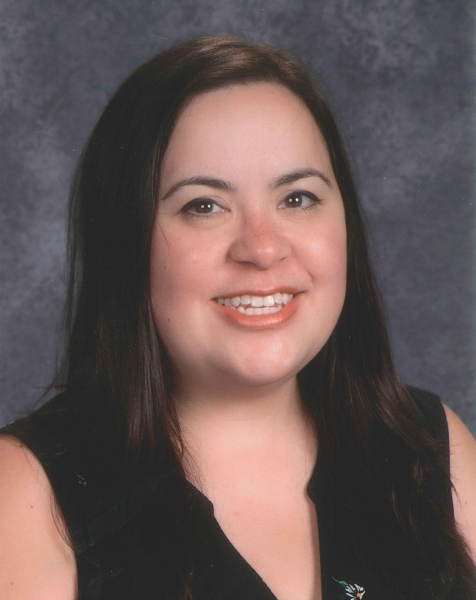

Thank you so much for sharing your story! I really appreciate you sharing your experience and how it helped guide you as a music educator.
Thank you for sharing so many resources and videos! I have been trying to incorporate more Filipino music into my classroom and this was so helpful!
Thank you again!
<3